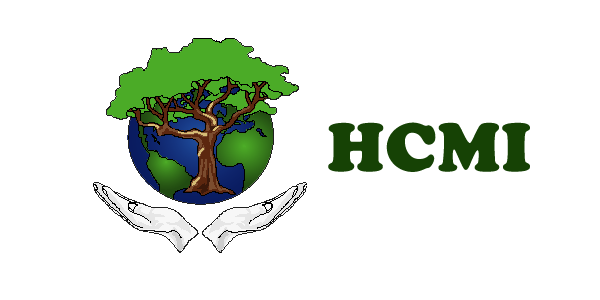 Mycoplasma species are the smallest free-living organisms known on the planet. Mycoplasmal organisms are usually associated with mucosal surfaces, residing extracellularly in the respiratory and urogenital tracts. They rarely penetrate the submucosa, except in the case of immunosuppression or instrumentation, when they may invade the bloodstream and disseminate to different organs and tissues throughout the body.
Mycoplasma species are the smallest free-living organisms known on the planet. Mycoplasmal organisms are usually associated with mucosal surfaces, residing extracellularly in the respiratory and urogenital tracts. They rarely penetrate the submucosa, except in the case of immunosuppression or instrumentation, when they may invade the bloodstream and disseminate to different organs and tissues throughout the body.
Unlike viruses, Mycoplasmas can grow in tissue fluids (blood, joint, heart, chest and spinal fluids) and inside any living tissue cell without killing the cells, as most normal bacteria and viruses will do. Mycoplasmas are frequently found in the oral and genito-urinary tracts of normal healthy people and are found to infect females four times more often than males. This is the same incidence rate as rheumatoid arthritis, fibromyalgia, Chronic Fatigue and other related disorders.
Mycoplasmas are parasitic in nature. They attach to specific cells without killing the cells and thus their infection process and progress can go undetected. In some people the attachment of mycoplasmas to the host cell acts like a living thorn; a persistent foreign substance, causing the host's immune defense mechanism to wage war. This allergic type of inflammation often results in heated, swollen, and painful inflamed tissues, like those found in rheumatoid diseases, fibromyalgia and many other autoimmune disorders like lupus and MS, Crohn's and others. In such cases the immune system begins attacking itself and/or seemingly healthy cells. Some species of mycoplasmas also have the unique ability to completely evade the immune system. Once they attach to a host cell in the body, their unique plasma and protein coating can then mimic the cell wall of the host cell and the immune system cannot differentiate the mycoplasma from the body's own host cell.
Mycoplasmas are also parasitic in nature (referred to as mollicutes) because they rely on the nutrients found in host cells including cholesterol, amino acids, fatty acids and even DNA. They especially thrive in cholesterol rich and arginine-rich environments. Mycoplasmas can generally be found in the mucous membrane of the respiratory tract. They need cholesterol for membrane function and growth, and there is an abundance of cholesterol in the bronchial tubes of the respiratory tract. Once attached to a host cell, they begin competing for nutrients inside the host cells. As nutrients are depleted, these host cells can begin to malfunction, or even change normal functioning of the cell, causing a chain reaction with other cells (especially within the immune and endocrine systems). Mycoplasmas can even cause RNA and DNA mutation of the host cells and have been linked to certain cancers for this reason. Mycoplasmas can also invade and live inside host cells which evade the immune system, especially white blood cells. Once inside a white blood cell, mycoplasmas can travel throughout the body and even cross the blood/brain barrier into the central nervous system and spinal fluid.
Mycoplasma species are often found in research laboratories as contaminants in cell culture. Mycoplasmas may induce cellular changes, including chromosome aberrations, changes in metabolism and cell growth.
This Quantum Formula antidotes the various species in the Mycoplasma genus, as well as mollicutes, tryptophan, arginine, peptidoglycan, sterols, cholesterol.
